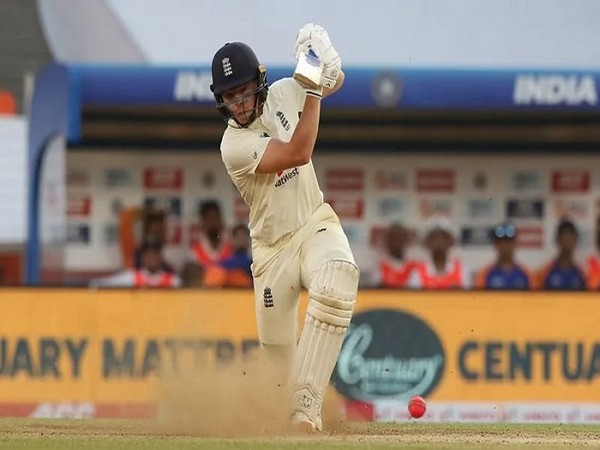By Vishesh Roy
New Delhi [India], February 27 (ANI): When the four-match series between India and England started, cricket fans were expecting to be enthralled by the quality of cricket on display. While the contests have been entertaining, the pitches on offer have also hogged quite a bit of limelight.
If comments were made by critics during the second Test in Chennai, things have taken an altogether different turn after the third Test at the Narendra Modi Stadium in Ahmedabad ended in two days.
The Virat Kohli-led side defeated England comprehensively — by ten wickets — in the third Test which was played with the pink ball. However, many cricket pundits have questioned the quality of pitch on the show. Former India all-rounder Yuvraj Singh went on to say that if these types of wickets were created when Anil Kumble and Harbhajan Singh were playing, they would have finished with 1000 and 800 wickets respectively.
But one cannot forget the spell from Australia batsman Michael Clarke when he picked six wickets while giving away just nine runs at the Mumbai Test in 2004. Murali Kartik and Harbhajan returned the favour as they picked 8 wickets to see Australia bundle out for 93. So are these type of wickets really new?
Most of the former English cricketers like Alistair Cook, Michael Vaughan and Andrew Strauss have questioned India’s need to produce such rank turners. But again the question remains if rank turners really reduce the contest between bat and ball or is it the batsmen who are losing their ability to play the turning ball and making spinning tracks look unplayable?
If green tops require a certain skill set, then the rank-turners also require the same. Which ball turns and which one goes straight is a simple question in cricketing books and all the batters prepare for it from the very start when they go to coaching schools or academies. But it is about putting those hours of training into play at the crease.
When playing on turning tracks, batters are required to be confident about their footwork. But looking at all the dismissals in the third Test, most of them saw batters in two minds on whether they should stay on the frontfoot or go back to the balls which mostly skidded through after pitching.
This is a fact that even Sunil Gavaskar spoke about during his commentary stint. Most of the English batsmen were caught pressing forward and as a result, they were either bowled or caught plumb in front of the wicket.
When one looks at the third Test once again, they will notice that only a handful of the deliveries were turning sharply and there was nothing that kicked up at an alarming rate. The pitch also did not offer invariable bounce and the batters were able to leave the ball on length.
If anything, the pink-ball has extra lacquer on it, and that may have made the ball skid on more. And this is a point which was highlighted by Rohit Sharma and Joe Root after the third Test came to an end.
These types of challenging wickets do require batters to think on their feet and as former India skipper Mohammed Azharuddin suggested, the batsmen can look to play with rubber soles on dry-turning wickets rather than wearing spikes.
One needs to ask why does it seem like the world comes to an end when there is a little bit of assistance for the spinners from day one of a Test match? Nothing in the rule book restricts the degree of turn that a pitch is allowed to take. But no sooner does a sub-continent wicket take a bit of turn, eyebrows are raised — mostly unnecessary.
England skipper Joe Root did not openly criticise the pitch, but he did say: “If I am getting a fifer, it pretty much sums up the pitch.”
One doesn’t need to be a genius to read between the lines and understand what Root truly opines about the pitch. But credit to the current England management that none have come out openly to use the pitch as an excuse for the loss.
Kohli suggested that the batting from both sides was not up to the mark in the third Test and he went on to give a clean chit to the 22 yards on offer. It is safe to say that Kohli is not entirely wrong.
Even, Rohit Sharma suggested that the pitch was good to bat on and there were no demons. The right-handed opener hit 66 runs in the first innings and he did not look in any sort of trouble in the second as he smashed boundaries at will to take India home in style while chasing 49.
In fact, England opening batsman Zak Crawley also scored a fifty in the first innings and he looked quite comfortable at the crease. Man of the Match Axar Patel has made it clear that he wouldn’t mind the same wicket for the fourth Test.
Now, it would be interesting to see what type of pitch is on offer in the fourth Test at the Narendra Modi Stadium. The ICC rule book clearly states that a pitch can be deemed ‘poor’ if the match referee decides that the pitch is offering excessive turn from day one of a Test and the contest between bat and ball is not fair. But as Virat Kohli pointed out, 21 of the 30 wickets fell to straight deliveries in the day-night Test. (ANI)
















